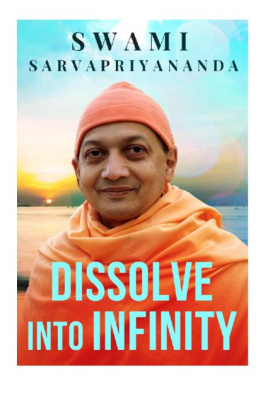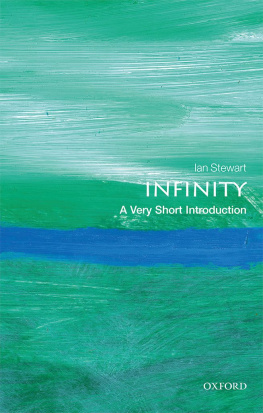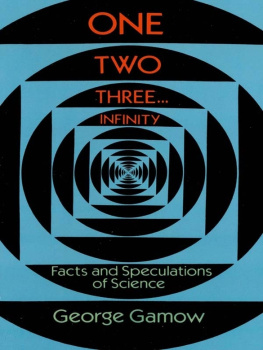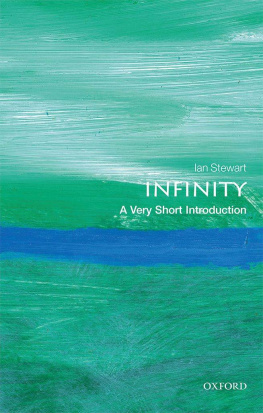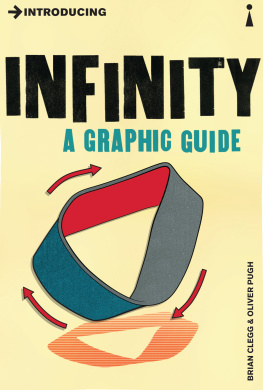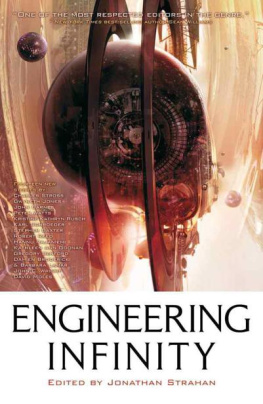Intimations of Infinity
The Mythopoeia of the Iqwaye Counting System and Number
Explorations in Anthropology
A University College London Series
Series Editor: John Gredhill
First published 1988 by Berg Publishers
Published 2020 by Routledge
2 Park Square, Milton Park, Abingdon, Oxon OX14 4RN
605 Third Avenue, New York, NY 10017
Routledge is an imprint of the Taylor & Francis Group, an informa business
Jadran Mimica 1988
All rights reserved. No part of this book may be reprinted or reproduced or utilised in any form or by any electronic, mechanical, or other means, now known or hereafter invented, including photocopying and recording, or in any information storage or retrieval system, without permission in writing from the publishers.
Notice:
Product or corporate names may be trademarks or registered trademarks, and are used only for identification and explanation without intent to infringe.
British Library Cataloguing in Publication Data
Mimica, Jadran
Intimations of infinity: the mythopoeia
of the Iqwaye counting system and number.
1. Numeracy Papua New Guinea
2. Iqwaye (Papua New Guinea people)
I. Title
305.89912DU740.42
Library of Congress Cataloging-in-Publication Data
Mimica, Jadran.
Intimations of infinity.
Bibliography: p.
Includes index.
1. Yagwoia (Papua New Guinea people)
2. Numeration. 3. Number concept. 4. Infinite.
I. Title. II. Title: Mythopoeia of the Iqwaye
counting system and number.
DU740.42.M561988513.5089991287-22412
ISBN 08549614530854968547 (pbk)
ISBN 13: 9780854961450 (hbk)
Dedication
I dedicate this essay to all those countless youthful souls deprived of the intrinsic beauty of mathematics because of the numerous primary and high school maths teachers who hide their profound ignorance behind the mystery of number.
Acknowledgments
I am grateful to the following publishers for permission to reproduce rather lengthy passages from previously published works: Cambridge University Press, Cambridge, for excerpts from Intuitionism and Formalism by L.E.J. Brouwer and On the Infinite by D. Hilbert, both reprinted in P. Benacerraf and H. Putnam (eds.), Philosophy of Mathematics; Jonathan Cape, London, for excerpts from C. Levi-Strauss, Tristes Tropiques; Columbia University Press, New York, for excerpts from J. Piaget, Genetic Epistemology; International Universities Press, Inc., for excerpts from Bisexual Meaning of Foreskin, by B. Bird, Journal of the American Psychoanalytic Association, 6:2, 1958; Oxford University Press, Oxford, for excerpts from C. Hallpike, The Foundations of Primitive Thought.
Many of us, I think, do at some point in our lives experience the exhilaration, the disquiet or, possibly, the anguish and horror of the infinite, either through explicit tutoring in schools, or through some more fortuitous perplexity with the facts of life. When I was a child still attending primary school, infinity ushered upon me as an intense emotional experience while contemplating a geometrical notion which I learnt at school, namely that lines extend on both sides into infinity. Ever since that time, and in spite of becoming an adult, the vividness of that experience has remained as exciting as it was the first time. In 1977, before I went to Papua New Guinea to do my first ethnographic research, I came across a review of a book by Ignacio Matte Blanco (1975), a psychoanalyst who tried to systematise the concept of the unconscious in terms of Cantors theory of infinite sets. That was the first time I heard of Georg Cantor. Over the years ideas about the relations between infinity, number, mind, and human existence have intensely preoccupied me. In the summer of 1983 I decided to write up some of my field notes on Iqwaye number usages and in that way to articulate more fully some of those ideas. The outcome is the present book. I hope that it will stimulate some anthropologists and other interested readers to reflect more intently on the dim vistas that ethnographies sometimes may convey when they, often just too cursorily, report on numbers and counting in other cultures.
The first version of this book was completed in 1984. Since then I have returned to the Iqwaye for further lengthy fieldwork and revised the original manuscript while a Post-doctoral Fellow in the Department of Anthropology, Research School of Pacific Studies, The Australian National University. Over the years many people have contributed to the shaping of the ideas presented in this book. I wish especially to express my gratitude to my colleagues and friends Geoff Bagshaw, Bruce Kapferer, Andrew Lattas, Tom Ernst, Susan Barham, Kingsley Garbett and Neil Maclean, who once all taught together in the Department of Anthropology, University of Adelaide. The stimulation and insights they offered me while this material was still in embryonic stage were invaluable. I am further indebted to John Crossley, Department of Mathematics, Monash University, for his helpful comments on an earlier draft; to Chris Mortensen, Department of Philosophy, University of Adelaide, for correcting errors in my treatment of the ideas from set theory and for his philosophical comments. Whichever errors still remain I am entirely responsible for.
I would also like to thank Marilyn Strathern of Manchester University, John Morton and Jimmy Weiner, both of The Australian National University, for their insightful comments and critiques. Further thanks are due to Michel Panoff of the University of Paris and Robert Barnes of Oxford University for their constructive critique. Both of them have written on number usages in Melanesia and Eastern Indonesia. My special thanks to Roy Wagner for his comments, which he kindly permitted me to publish as an afterword. I am also indebted to all participants in the departmental seminars in the Anthropology Departments at the University of Adelaide and The Australian National University for their commentaries and the patience which they afforded during my rather marathonic presentations of earlier versions of this essay.
The fieldwork during which most of the material for this essay was gathered, I conducted while I was a PhD scholar in the Department of Prehistory and Anthropology, Faculty of Arts, The Australian National University. I am grateful to this institution and the Commonwealth Department of Education for technical and financial support that made my research possible. For subsequent fieldwork I am indebted to the Australian Research Grants Scheme, which awarded me a grant in 1984 and thus facilitated my further research among the Iqwaye. I also thank the Department of Anthropology, the University of Adelaide, for contributing towards my fieldwork expenses. Further thanks are due to the University of Adelaide for a research grant which facilitated the library research in 1983/4 academic year. I am also very grateful to Rebecca Anderson of the Department of Anthropology, Adelaide, and Ann Buller, Helen Collins, Ria van de Zandt and Ita Pead of the Department of Anthropology, Research School of Pacific Studies, The Australian National University, all of whom, despite their busy schedules, found the time to type my often illegible manuscript. I also wish to thank Nigel Duffey of Cartography, Research School of Pacific Studies, for his beautiful production of the diagrams.



